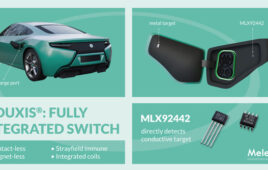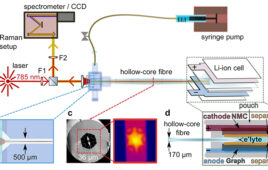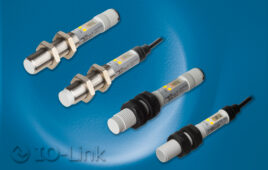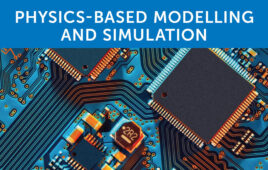Building on research for sensors to detect bacteria and viruses in the air, a team from Empa, ETH Zurich and Zurich University Hospital developed a biosensor to detect the new coronavirus (COVID-19). The sensor could be used measure the virus concentration in the air in real time in crowded locations such as train stations or hospitals.
The sensor is based on two-dimensional gold nanoislands (AuNIs) fabricated on a glass substrate. The detection technique uses artificially produced deoxyribonucleic acid (DNA) receptors that match specific ribonucleic acid (RNA) sequences of the SARS-CoV-2 that are grafted onto the nanoislands. To improve sensing performance, thermoplasmonic heat is generated on the same AuNIs chip through illumination at their plasmonic resonance frequency.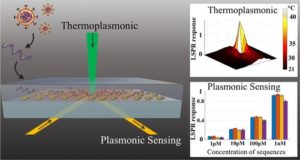
The localized plasmonic photothermal (PPT) heat elevates the in situ hybridization temperature and facilitates the accurate discrimination of two similar gene sequences. As a result, the dual-functional localized surface plasmon resonance (LSPR) biosensor exhibits a high sensitivity to selected SARS-CoV-2 sequences with a lower detection limit down to the molecular concentration of 0.22 picomolar (pM).
To determine the capability of the sensor to detect the COVID-19 virus, researchers tested it with a closely related virus SARS-CoV, the 2003 virus that triggered the SARS pandemic. While SARS-CoV and SARS-CoV2 differ only slightly in their RNA, testing showed that the sensor can effectively distinguish between the very similar RNA sequences of the two viruses.
Further work required to have a functioning test unit include a system to draw in the air, concentrate the aerosols in the air and release the RNA from the viruses.
Filed Under: Sensor Tips, Fighting COVID-19

